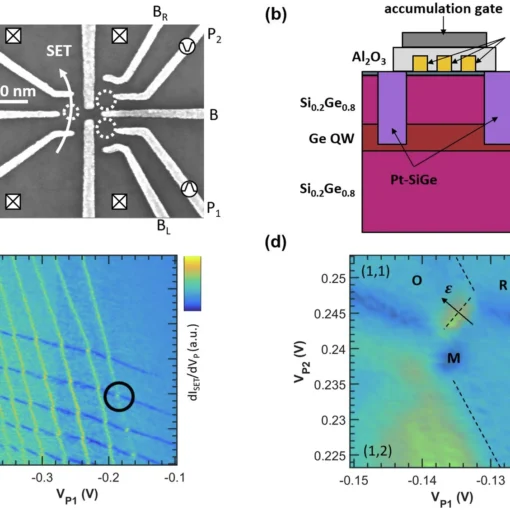
Gate modulation of the hole singlet-triplet qubit frequency in germanium
Researchers have demonstrated a S − T_ qubit whose frequency is a strong function of the voltage applied to the barrier gate shared by the quantum dots.
By visiting our site, you agree to our privacy policy regarding cookies, tracking statistics, etc.

Researchers have demonstrated a S − T_ qubit whose frequency is a strong function of the voltage applied to the barrier gate shared by the quantum dots.
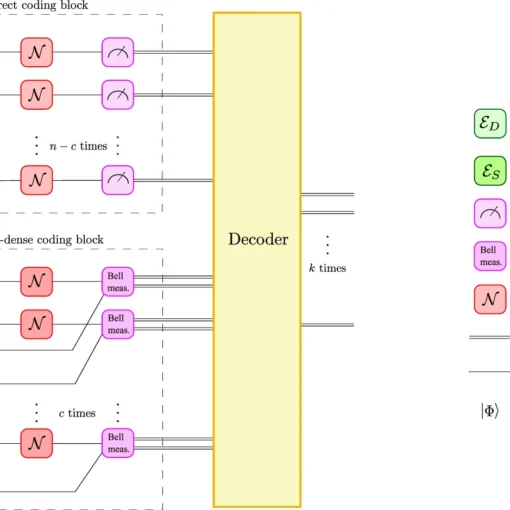
Scientists have introduced a new EACC scheme capable of correcting a fixed number of erasures/errors. It can be adjusted to the available amount of entanglement and sends classical information over a quantum channel.
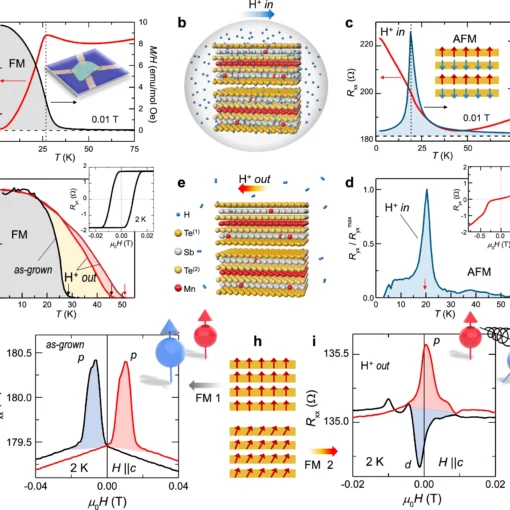
A team of physicists at The City College of New York has demonstrated that introducing hydrogen ions (H⁺) into magnetic Weyl semimetal MnSb2Te4 can effectively tune its electronic properties and enhance electron chirality transport, leading to a tunable ‘chiral switch’ that doubles the Curie temperature and shows strong angular transport chirality, offering significant potential for quantum computing and nano-spintronics applications.
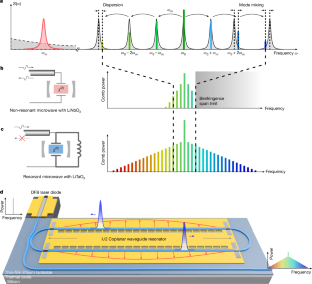
A research team has developed a groundbreaking, compact frequency comb generator using lithium tantalate technology that achieves 450 nm spectral coverage with over 2000 comb lines while reducing power requirements twentyfold, potentially transforming applications from robotics to environmental monitoring.
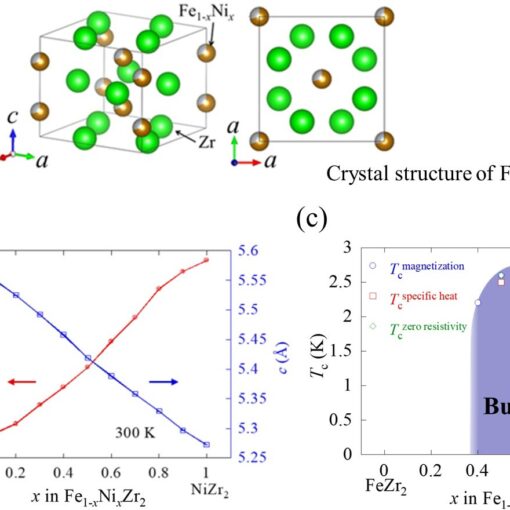
Tokyo Metropolitan University researchers discovered that polycrystalline iron-nickel-zirconium alloys exhibit unconventional superconductivity through a dome-shaped phase diagram, representing a significant advance in developing practical high-temperature superconductors despite neither pure iron zirconide nor nickel zirconide showing such properties individually.

Researchers have developed a groundbreaking method enabling quantum computers to switch between different error correction codes during computation, overcoming a fundamental limitation in quantum computing where no single code can efficiently perform all necessary operations while maintaining error protection.
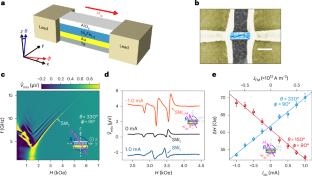
A groundbreaking discovery in quantum physics introduces the anomalous Hall torque – completing a triad of Universal Hall torques – which enables precise control of electron spin and magnetization in spintronic devices, paving the way for more efficient neuromorphic computing systems that mimic human brain functions.
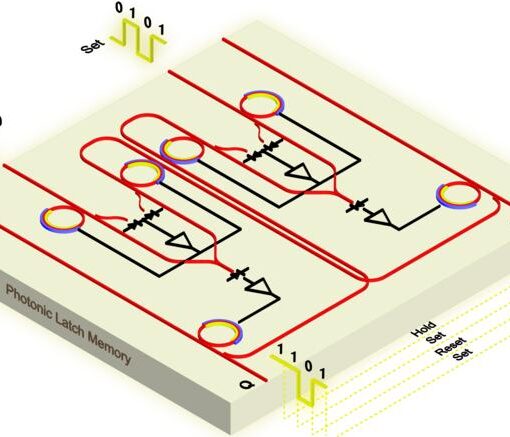
Researchers have developed a programmable photonic latch that enables faster optical data storage and processing by utilizing silicon photonics and wavelength division multiplexing, potentially revolutionizing AI applications and optical computing systems while overcoming traditional electronic memory limitations.
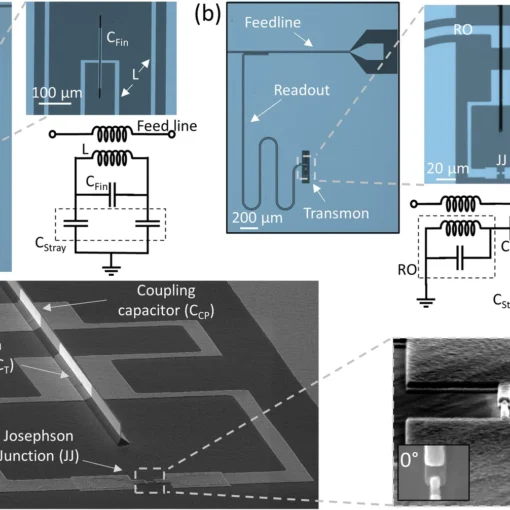
In this paper, parallel plate capacitors composed of aluminum-contacted, crystalline silicon fins are shown to be a promising technology for use in superconducting circuits by evaluating the performance of lumped element resonators and transmon qubits.

MIT researchers achieved a groundbreaking 99.998% single-qubit fidelity in quantum computing through innovative fluxonium qubit control techniques, combining commensurate pulses and synthetic circularly polarized light to overcome counter-rotating errors, marking a crucial advancement toward practical quantum error correction and fault-tolerant quantum computing.
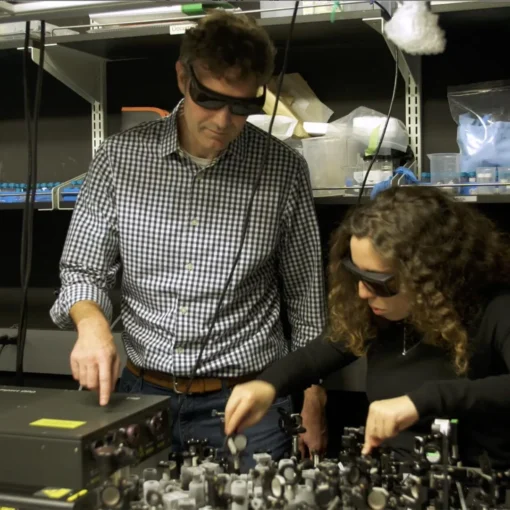
This work represents the embodiment of the long-sought goal of bridging macroscopic and microscopic nonlinear and quantum optics,” says Schuck, who co-directs Columbia’s MS in Quantum Science and Technology. “It provides the foundation for scalable, highly efficient on-chip integrable devices such as tunable microscopic entangled-photon-pair generators.

Quantum entanglement is a remarkable phenomenon where two particles become interconnected, so that the state of one instantly affects the other, no matter how far apart they are. This unique property is a cornerstone of quantum computing and a range of advanced technological applications. While entanglement has been achieved with atoms, achieving it with complex molecules is a significant step forward because molecules offer additional structures and properties, such as vibration and rotation, that can be leveraged in advanced quantum applications.
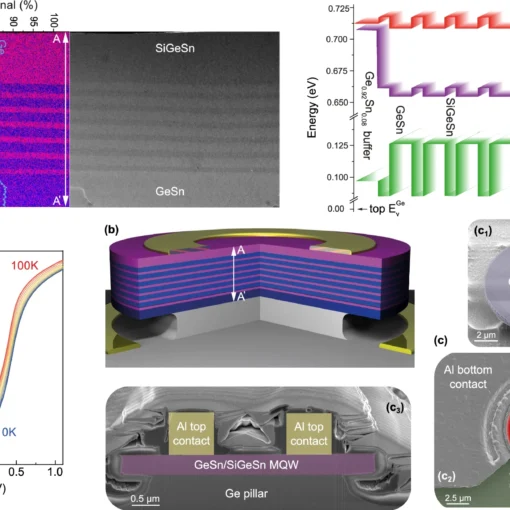
In a groundbreaking development published in Nature Communications, an international research team has created the first electrically pumped continuous-wave semiconductor laser compatible with silicon integration. The device, constructed from group IV elements using stacked layers of silicon-germanium-tin and germanium-tin, operates with minimal power requirements comparable to an LED.
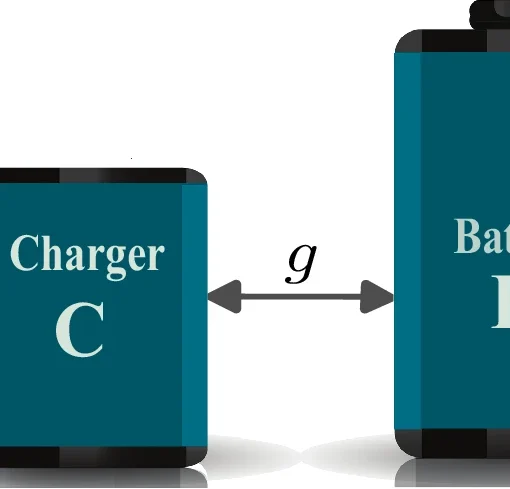
Researchers have analyzed a universal method to obtain fast charging of a quantum battery by a driven charger system using controlled, pure dephasing of the charger. While the battery displays coherent underdamped oscillations of energy […]
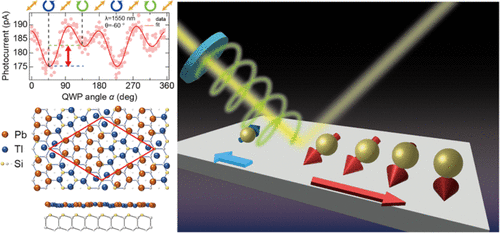
A University of Tokyo research team has achieved a significant breakthrough in spintronic technology by successfully controlling spin-polarized current direction in single-atom thallium-lead alloy layers at room temperature. Led by researchers Ibuki Taniuchi, Ryota Akiyama, […]
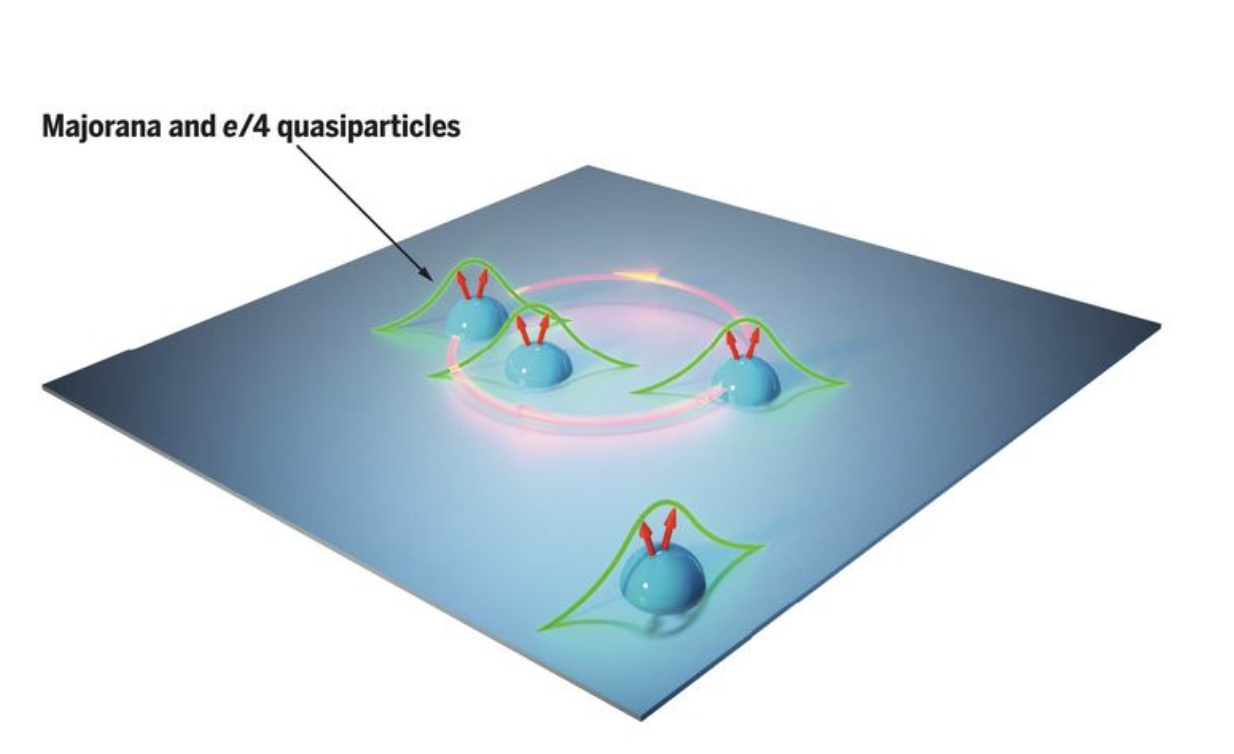
Scientists have made a breakthrough in quantum computing by discovering how electrons can appear to split in half through quantum interference, potentially bringing us closer to creating topological quantum computers. This research, published in Physical […]
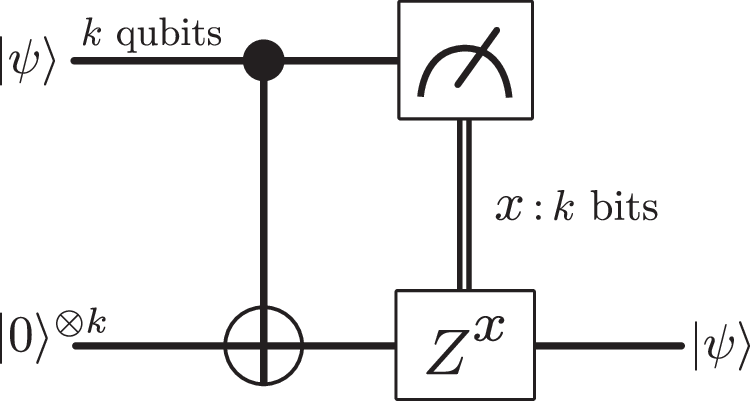
Among various classes of Quantum Error Correcting Codes (QECCs), non-stabilizer codes have rich properties and are of theoretical and practical interest. Decoding non-stabilizer codes is, however, a highly non-trivial task. In this paper, researchers show […]
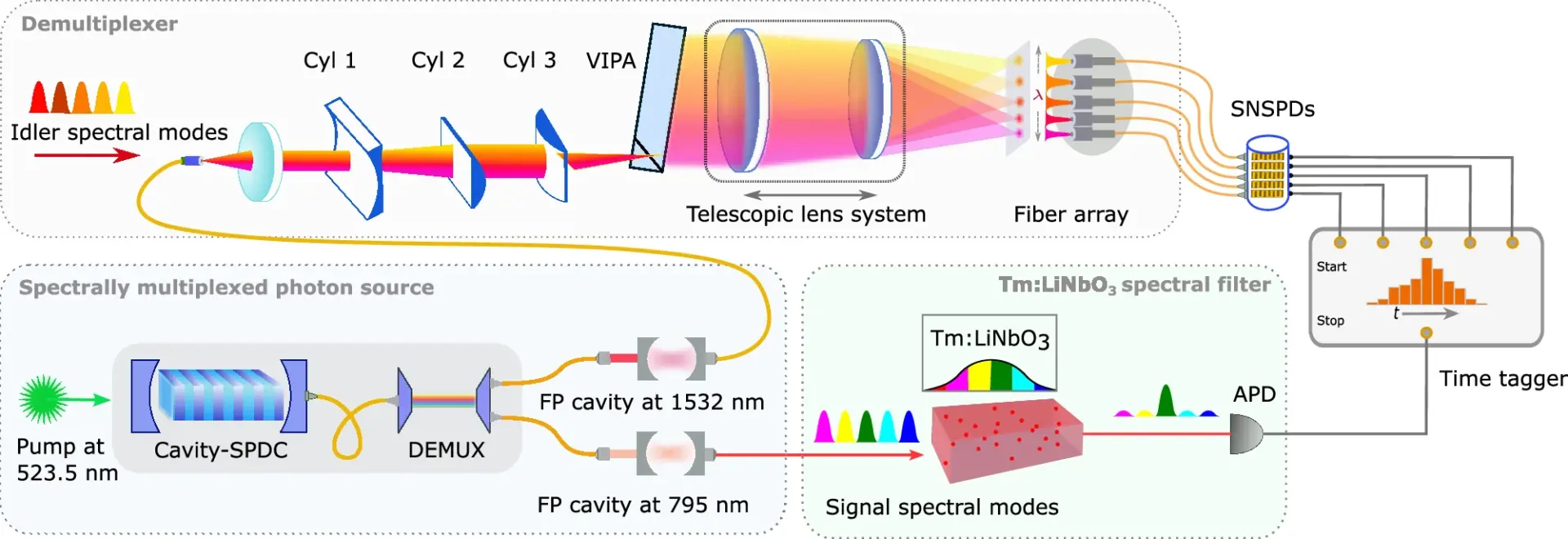
Extended quantum networks are based on quantum repeaters that often rely on the distribution of entanglement in an efficient and heralded fashion over multiple network nodes. Many repeater architectures require multiplexed sources of entangled photon […]
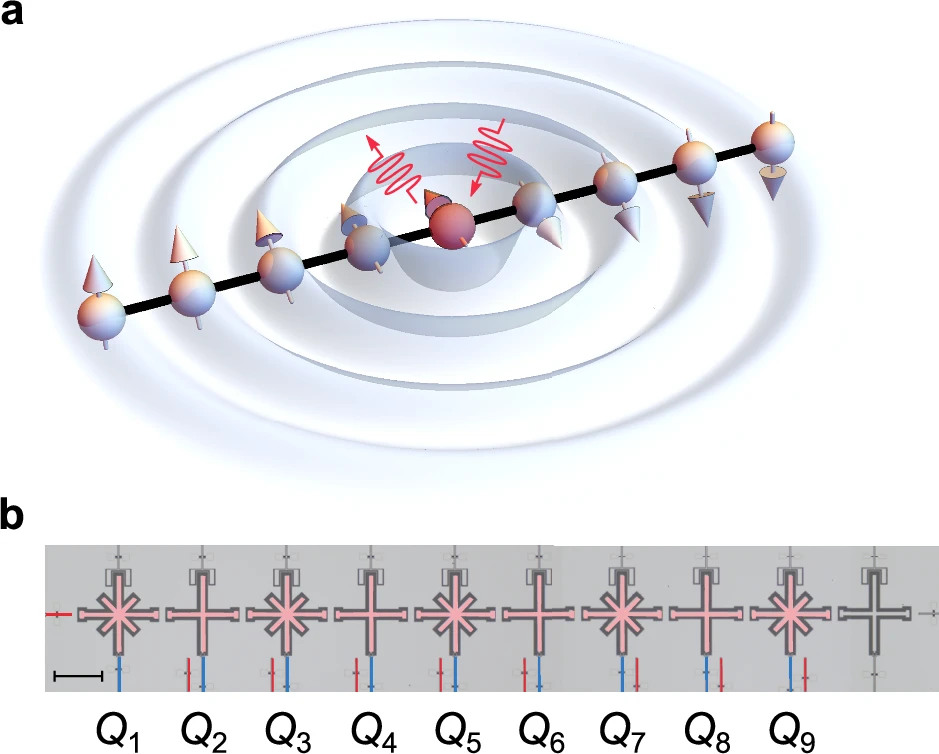
Simulating the dynamics of open quantum systems is essential in achieving practical quantum computation and understanding novel nonequilibrium behaviors. However, quantum simulation of a many-body system coupled to an engineered reservoir has yet to be […]
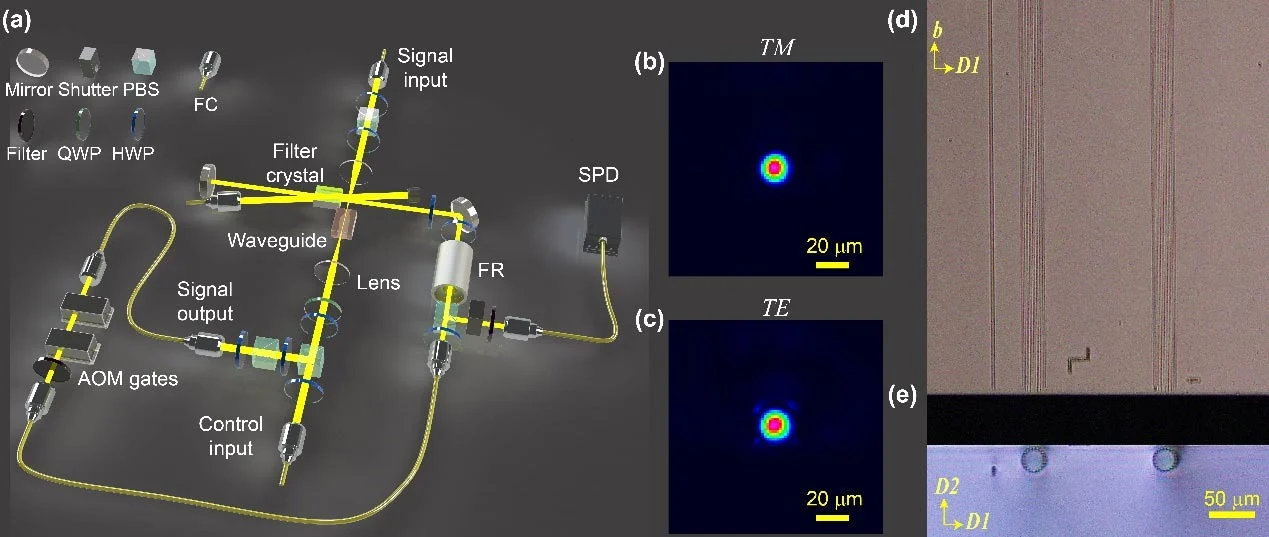
A significant advancement in quantum technology has been achieved through the successful demonstration of an integrated spin-wave quantum memory, addressing key challenges in photon transmission loss and noise suppression. This development is particularly crucial for […]
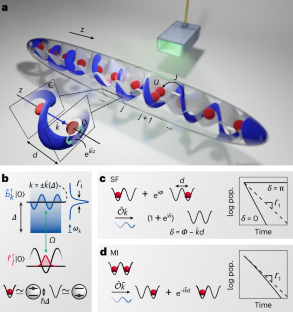
Researchers used arrays of synthetic atoms and ultracold matter waves to demonstrate previously unseen collective spontaneous emission effects.
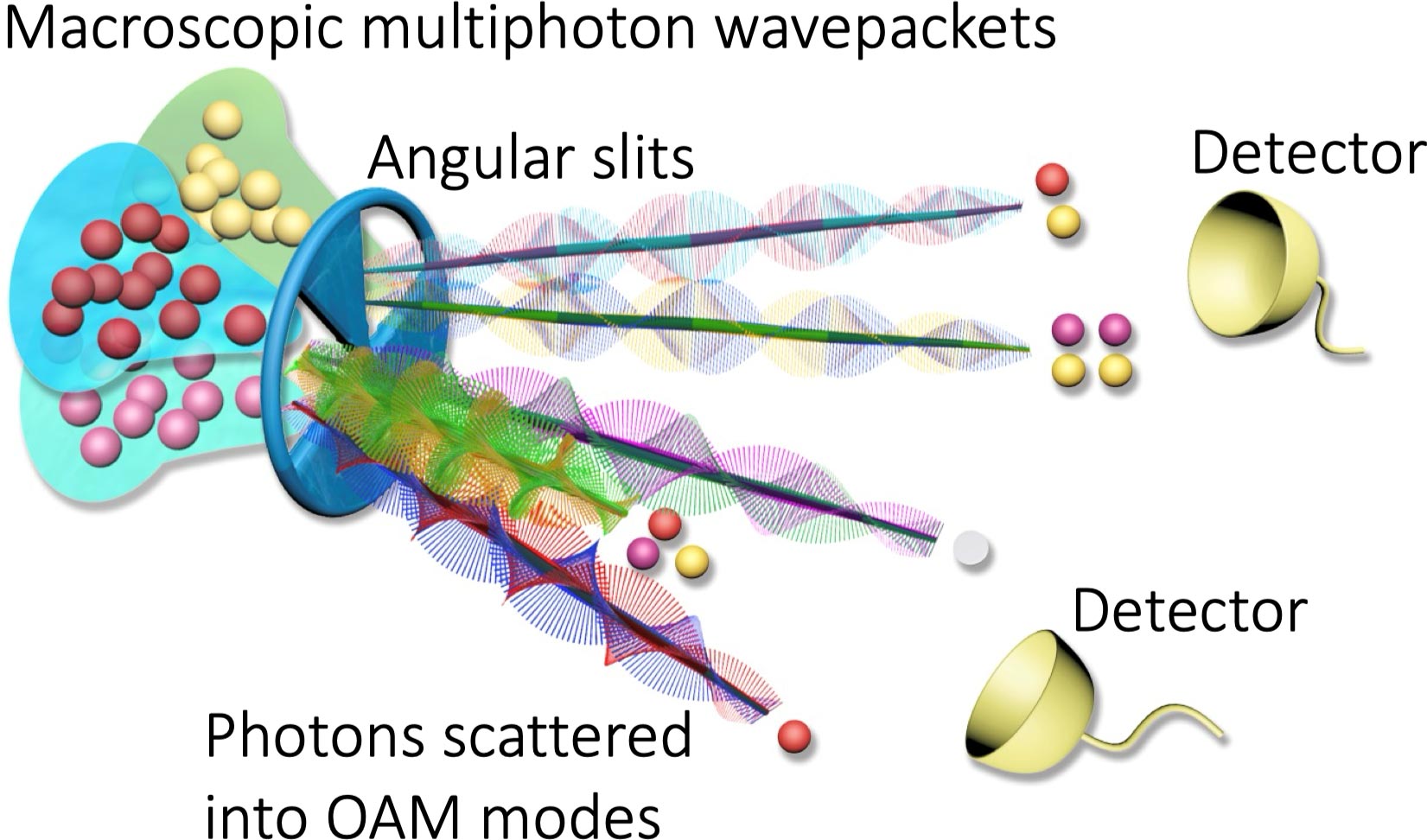
The scientific community has made a groundbreaking discovery that challenges our traditional understanding of classical and quantum physics. Researchers have identified quantum coherence within classical light fields, a finding that questions long-held assumptions about the […]

Scientists achieved a breakthrough by synchronizing six mechanical oscillators into a collective quantum state using a superconducting platform.
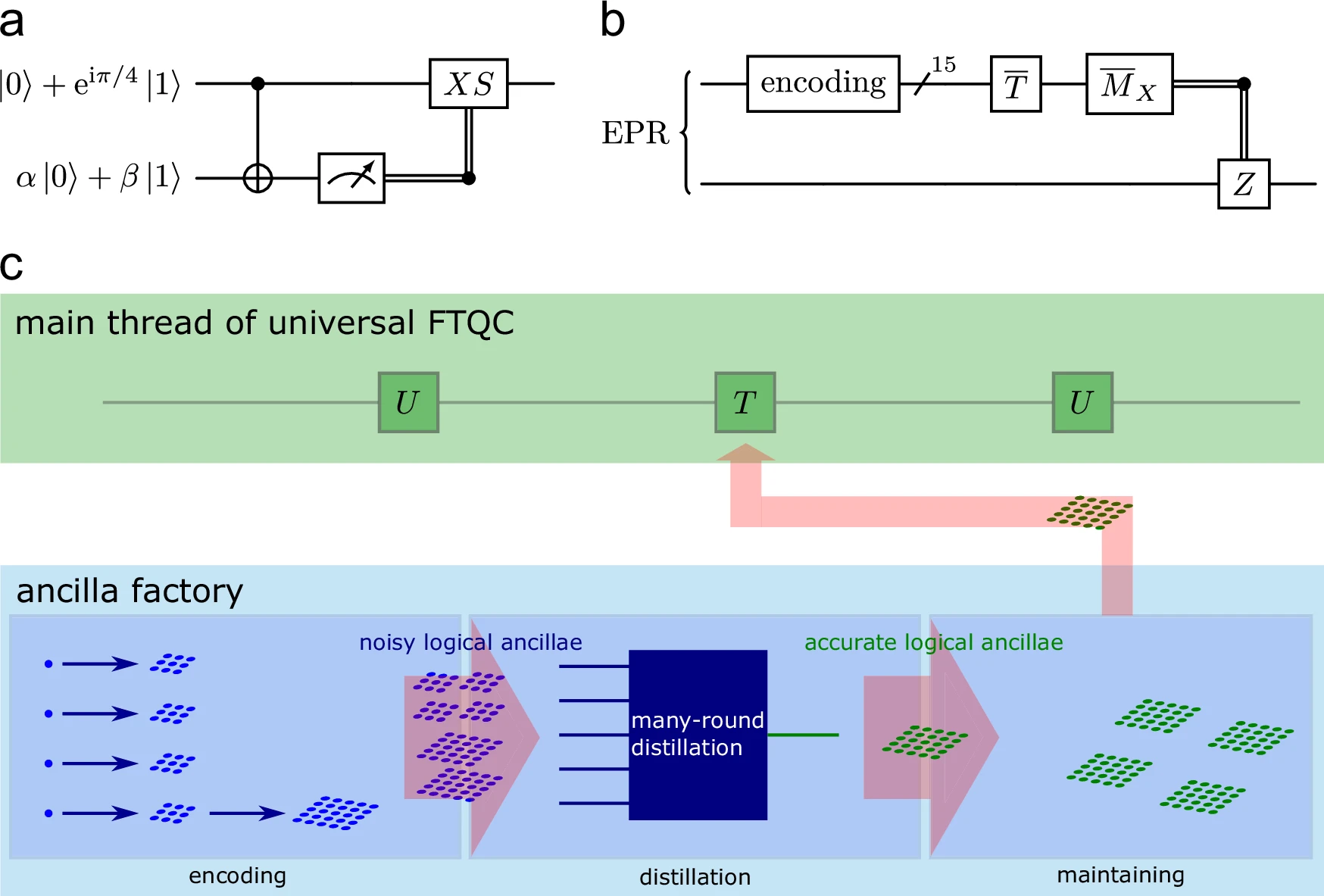
To achieve scalable universal quantum computing, scientists need to implement a universal set of logical gates fault-tolerantly, for which the main difficulty lies with non-Clifford gates. Researchers have demonstrated that several characteristic features of the […]

In a new study, researchers from the Max Planck Institute of Quantum Optics under the lead of Timon Hilker demonstrated evidence of stripe formation, i.e. extended structures in the density pattern, in a cold-atom Fermi-Hubbard […]
